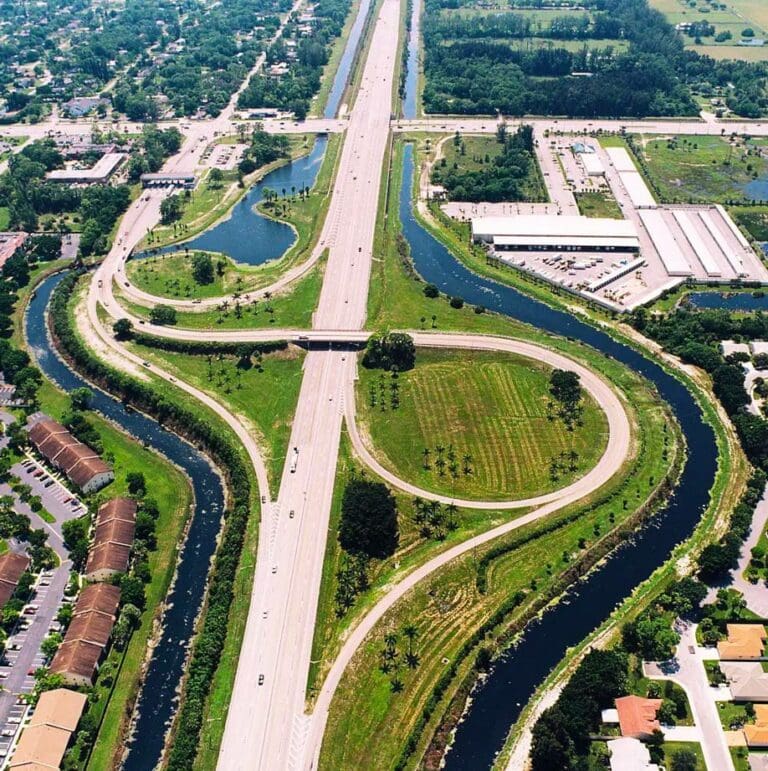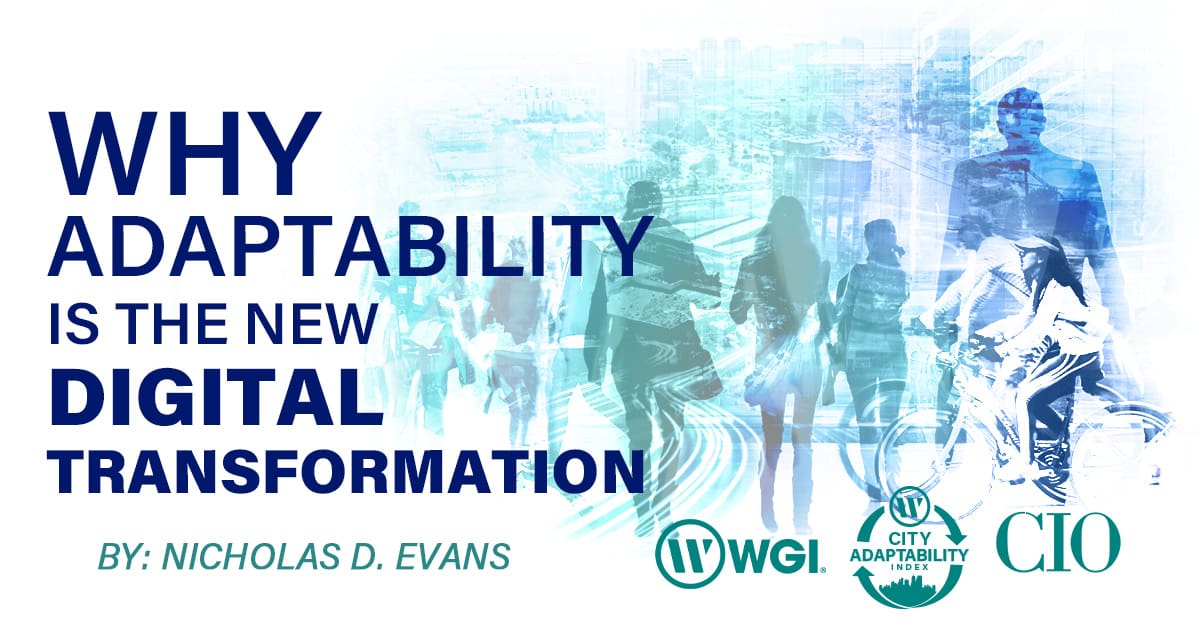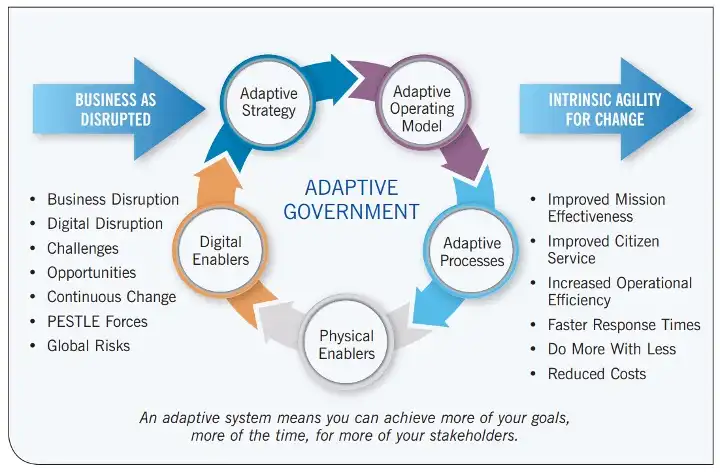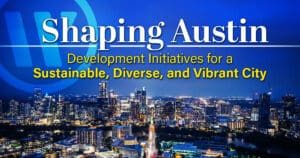The past decade in IT has been all about digital transformation. Under the aegis of digital transformation, IT initiatives have become more customer-centric, with a greater emphasis on people, not technology — all in an effort to redefine how the organization operates and to ensure it can keep up with the pace of change, capable of dealing with challenges and taking advantage of opportunities as they arise.
The problem, however, is that many organizations have been on the transformation treadmill for years, if not a decade or more. Transformations once envisioned to be a two- or three-year journey, to catch up or get ahead, have become a continuous journey with no end in sight. They’ve simply become the price of doing business, just like issuing payroll or filing tax returns.
This is perfectly fine in theory because digital transformation should be a continuous journey and not a one-time effort. But while we’ve been on this journey over the past 10 years, the world has changed, and IT now needs a new approach — one in which adaptability becomes the underlying focus of all transformation efforts moving forward. Here’s why.
Disruption has moved from the exception to the norm
With disruption now a constant rather than one-off event, organizations must be able to quickly react to change with agility across all aspects of their operating models. It’s no longer sufficient to pursue after-the-fact transformations. We need to build in the ability to change and react to change across all aspects of our organizations’ strategy, business model, operating model, processes, products, and services.
We’re also now dealing with disruption in all its forms, not just that of digital upstarts arising to eat our market share. In recent years, the scale and frequency of disruption has increased across all the so-called PESTLE forces — political, economic, societal, technological, legal, and environmental. There’s no longer a steady state “business as usual” for 364 days per year; it’s “business as disrupted” that’s the norm, so our organizations must become intrinsically agile with adaptability built into the way they operate on a daily basis.
Adaptability has a compelling business case
We learned how important adaptability was during the pandemic. Instead of the binary states of “open” or “closed” (i.e., restaurants, schools, shops, offices), by having multiple modes of operation and being able to jump dynamically between them, organizations were able to balance lives and livelihoods in a more effective manner and to keep revenue flowing and services delivered.





















